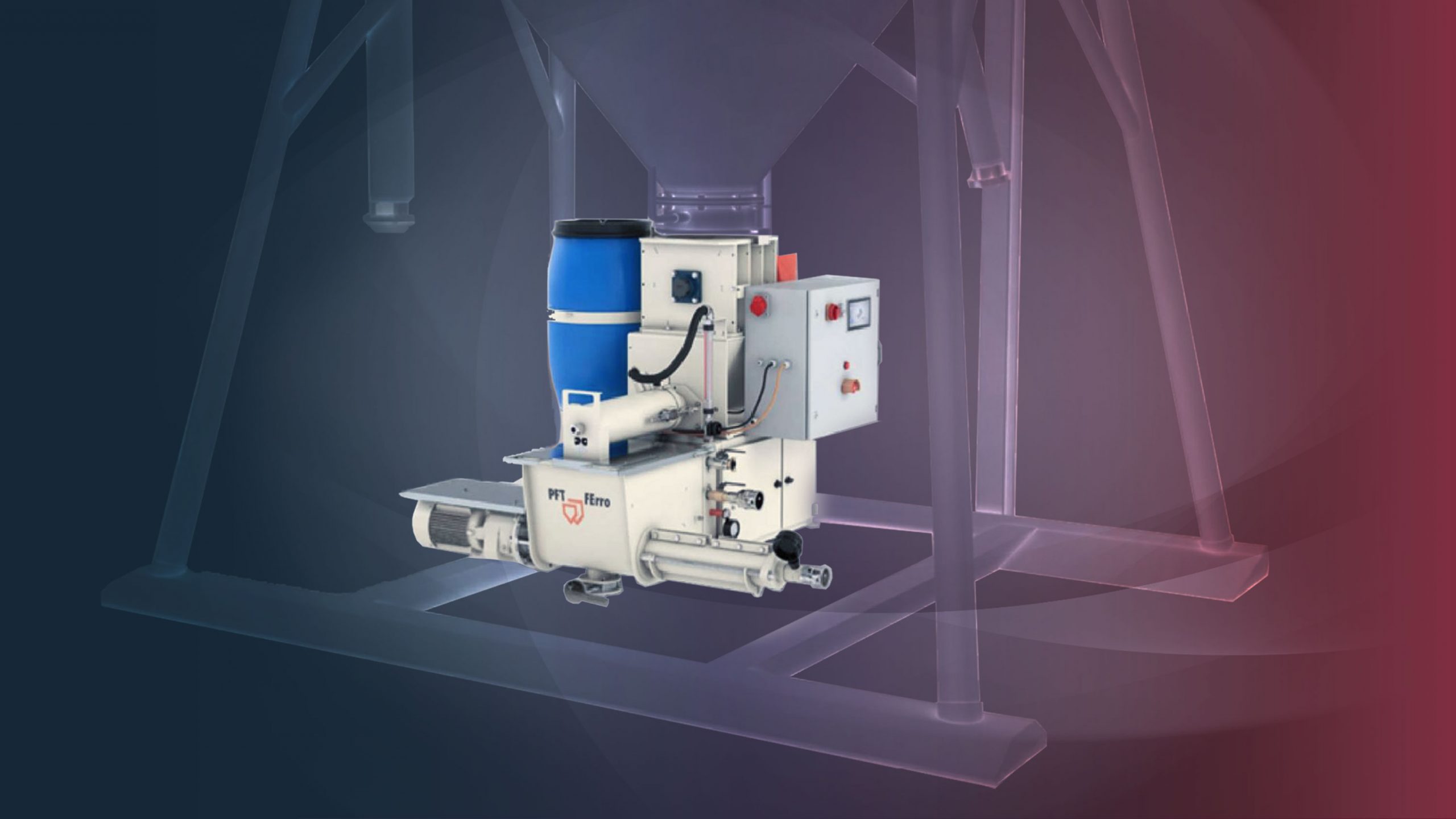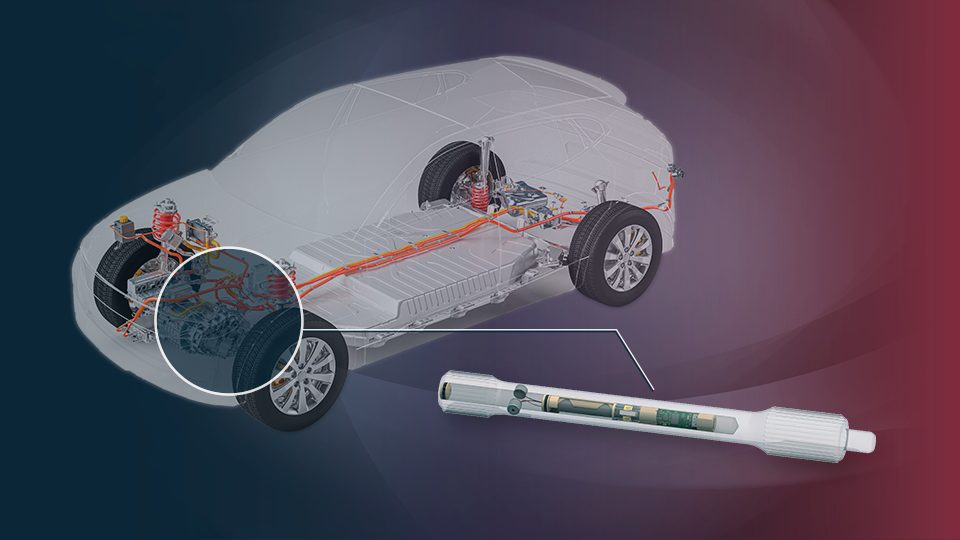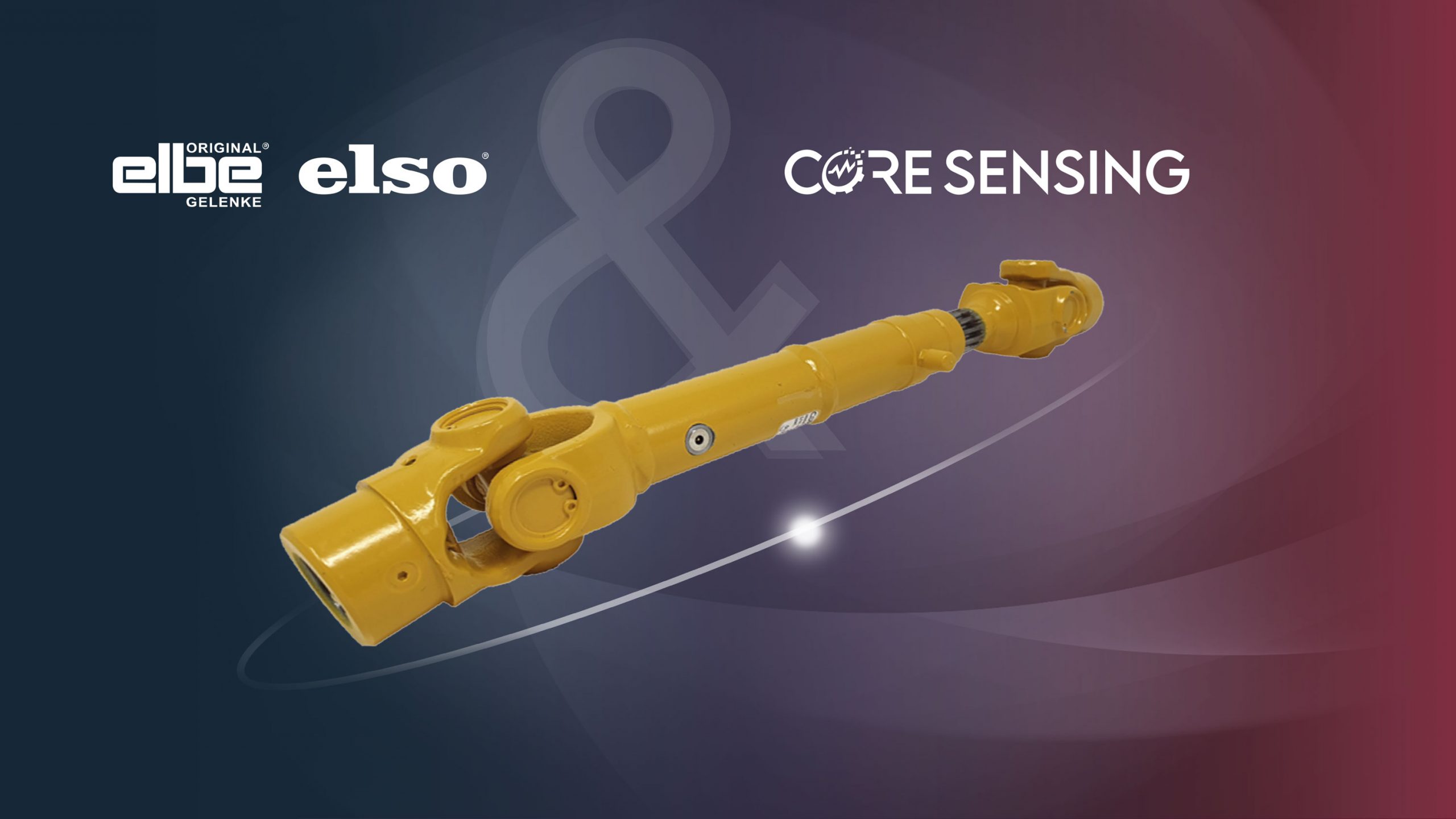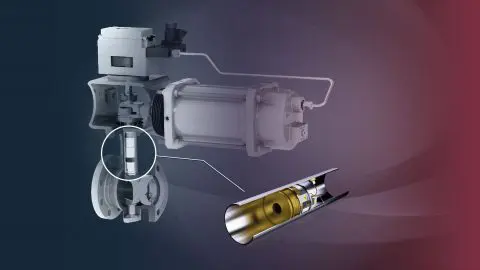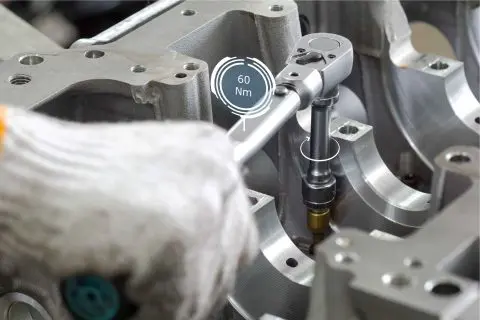Precise measurement data replaces estimated values: coreIN creates basis for continuous improvements
Road rollers are subjected to extreme stresses during operation. Examples of this are the high acceleration forces generated by the vibration unit. The demands made by users on the robustness and reliability of construction machinery are therefore correspondingly high.
During compaction, a roller generates additional energy with the help of its own weight. For this purpose, it performs a percussive movement through vibrations to compact the subgrade or to reduce the pore content in the asphalt. These vibrations are triggered by two unbalances that are coupled to each other via a connecting shaft and are driven hydraulically.
In order to be able to make statements about the fatigue strength of the connecting shaft and to derive from this the optimum control of the drive and various operating programs, the torsional or bending moments acting during various operating states must be determined as part of a stress analysis. In this context, simulations and calculation models are also validated, which enable optimization of the component on the basis of load data actually occurring in operation.
The intensive vibrations and accelerations in resonance operation of the compressor make recording the required stress variables a particular challenge. In addition, measurements must be made on the unchanged mechanics of the drive train. This rules out the installation of measuring flanges. Furthermore, a strain gauge application on the outer surface of the connecting shaft is not possible, since the shaft is located in an area flooded with oil and the measurement data would therefore be less reliable.
The smart way to a better component: Experimental stress analyses in the interior
The answer to the customer's challenges was coreIN. The robust innovative force and torque sensor from core sensing can be easily integrated into the heart of the component with the outer geometry of the connecting shaft remaining unchanged and reliably delivers precise operating data from there.
A. Through our sensor package coreIN the existing design of the stub shaft can be used. A 14 mm bore is made in the unmachined shaft and the integrated and protected bending and torque sensor is integrated (upper, unmachined shaft).
B. After integration, the component was over-turned and the plug-in connection was milled and ground (lower, machined shaft). The necessary bending moment and torque calibrations were then performed. A customer-specific connector pinout was selected, which is led out on the face side via a plug connection.
Precise measurement data replace estimated values
The measuring amplifier, which is located outside the smartified shaft due to its design, already enables live insights into the measurement data transmitted by the sensors during the initial test run phase. As a result, precise information on the actual loads occurring in operation is now finally replacing the load variables previously estimated over many years. The data, which is available as CSV files, provides the customer with important insights into the stresses that occur. Thanks to this information, the customer can make targeted optimizations and better control the newly designed components.
Would you like to determine the actual loads on your machines just as reliably? Our sensor solutions can help you do just that:
- as an integrated component inside the component,
- Precisely measure torque, force, bending or shear force,
- additional speed, acceleration and temperature sensor to be recorded,
- Enable remote monitoring of machines, equipment and facilities, generate valuable data sets for process optimization, and
- Generate information on the wear and life of your components.
Find out more now without obligation. We look forward to hearing from you.



